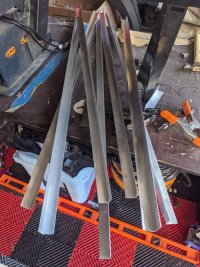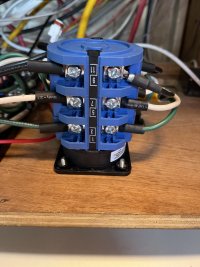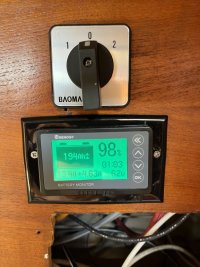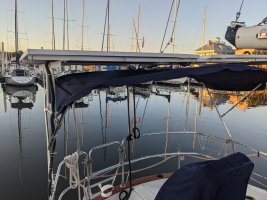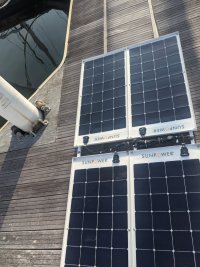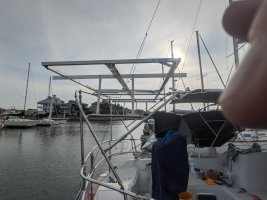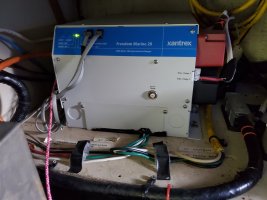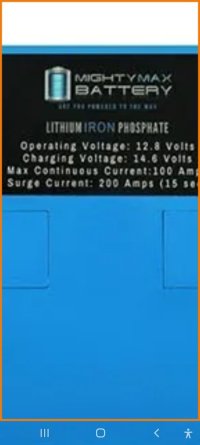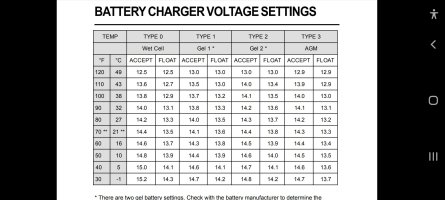Ha, I have the same problem.
Did you purchase the 200ah Ampere Time rated for 200amp load or 100amp load? My battery is set up for 120amp continuous load, so a 2000W inverter (2000 / 14 = 143amps) would trip the BMS' overcurrent protection. I set up another 2000W inverter and ran my heat gun to verify on my system. The BMS tripped within seconds. Not a big deal for me because I'm just going to use it for computer charging and other low power things.
Did you purchase the 200ah Ampere Time rated for 200amp load or 100amp load? My battery is set up for 120amp continuous load, so a 2000W inverter (2000 / 14 = 143amps) would trip the BMS' overcurrent protection. I set up another 2000W inverter and ran my heat gun to verify on my system. The BMS tripped within seconds. Not a big deal for me because I'm just going to use it for computer charging and other low power things.

